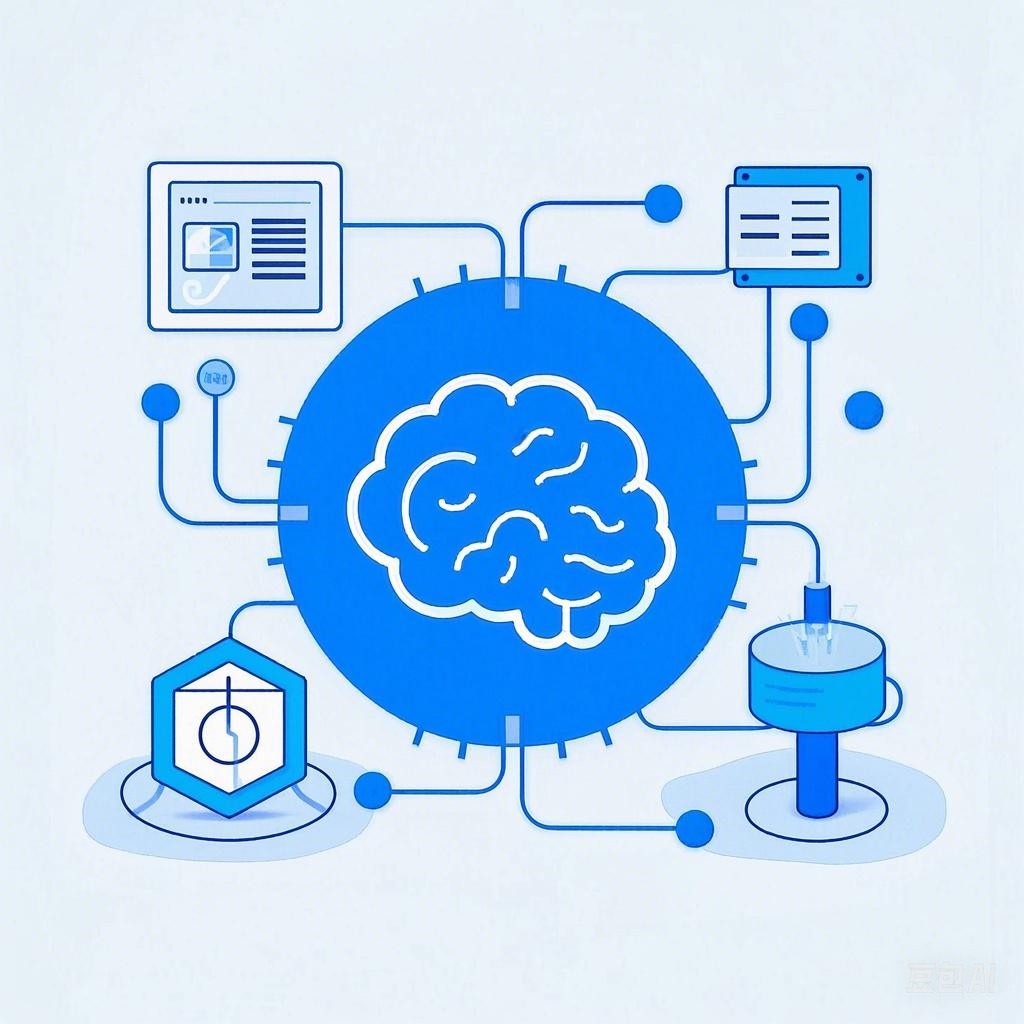Introduction
In the ever-evolving landscape of education, the traditional classroom setting is being revolutionized by interactive classroom experiences. These innovative approaches harness the power of technology, collaboration, and engagement to create a dynamic and effective learning environment. This article delves into the English power of interactive classroom experiences, exploring their benefits, implementation strategies, and the impact on student learning outcomes.
The Benefits of Interactive Classroom Experiences
Enhanced Engagement
Interactive classroom experiences captivate students’ attention and foster a deeper level of engagement. By incorporating multimedia elements, such as videos, interactive whiteboards, and online resources, teachers can create immersive learning experiences that resonate with students’ diverse learning styles.
Example:
Consider a lesson on Shakespeare’s “Romeo and Juliet.” Instead of reading the play aloud, teachers can use an interactive whiteboard to display scenes from a modern adaptation. Students can then discuss the similarities and differences between the original and adaptation, fostering critical thinking and analysis.
Improved Comprehension
Interactive classroom experiences facilitate better comprehension by allowing students to manipulate and explore information. Through activities like virtual labs, simulations, and interactive quizzes, students can engage with the material in a hands-on manner, reinforcing their understanding and retention.
Example:
In a biology class, students can use an interactive simulation to explore the process of photosynthesis. By adjusting variables and observing the outcomes, students gain a deeper understanding of the concept, leading to better retention and application of knowledge.
Collaboration and Communication
Interactive classroom experiences encourage collaboration and communication among students. Group projects, online forums, and real-time collaboration tools enable students to work together, share ideas, and develop essential teamwork skills.
Example:
A geography class can use a virtual platform to collaborate on a project about global climate change. Students from different parts of the world can contribute their perspectives, research, and data, fostering a global understanding of the issue.
Personalized Learning
Interactive classroom experiences allow for personalized learning, catering to individual student needs and learning styles. Adaptive learning technologies can adjust the difficulty level of assignments and provide targeted feedback, ensuring that each student receives the support they require to succeed.
Example:
In a mathematics class, an adaptive learning platform can tailor the difficulty of practice problems to each student’s current level of understanding, providing them with appropriate challenges and support.
Implementation Strategies
Integrating Technology
To create effective interactive classroom experiences, teachers must integrate technology thoughtfully. This involves selecting appropriate tools, ensuring they are accessible to all students, and providing professional development opportunities to enhance teachers’ digital literacy.
Example:
A teacher can use a tablet or laptop to display interactive content during a lesson. To ensure accessibility, the teacher can provide alternative formats, such as audio descriptions or text-to-speech options, for students with disabilities.
Encouraging Student Participation
Interactive classroom experiences require active student participation. Teachers can encourage this by creating engaging activities, fostering a positive learning environment, and providing opportunities for students to share their thoughts and ideas.
Example:
A teacher can use interactive polling tools to gauge student understanding during a lesson. This not only provides immediate feedback but also encourages students to participate and engage with the material.
Assessing Learning Outcomes
Regularly assessing learning outcomes is crucial for the success of interactive classroom experiences. Teachers can use a variety of assessment methods, including formative assessments, quizzes, and project-based evaluations, to track student progress and make data-driven decisions.
Example:
A teacher can use an online quiz platform to assess student understanding of a lesson’s key concepts. The platform can provide instant feedback, allowing students to identify areas where they need additional support.
The Impact on Student Learning Outcomes
Interactive classroom experiences have a significant positive impact on student learning outcomes. Research indicates that students who engage in interactive learning experiences demonstrate higher levels of achievement, better retention of information, and improved critical thinking skills.
Example:
A study conducted by the University of Southern California found that students who participated in interactive learning activities scored higher on standardized tests compared to those who received traditional instruction.
Conclusion
The English power of interactive classroom experiences lies in their ability to enhance engagement, improve comprehension, foster collaboration, and provide personalized learning opportunities. By thoughtfully integrating technology, encouraging student participation, and assessing learning outcomes, educators can create dynamic and effective learning environments that prepare students for success in the 21st century.
